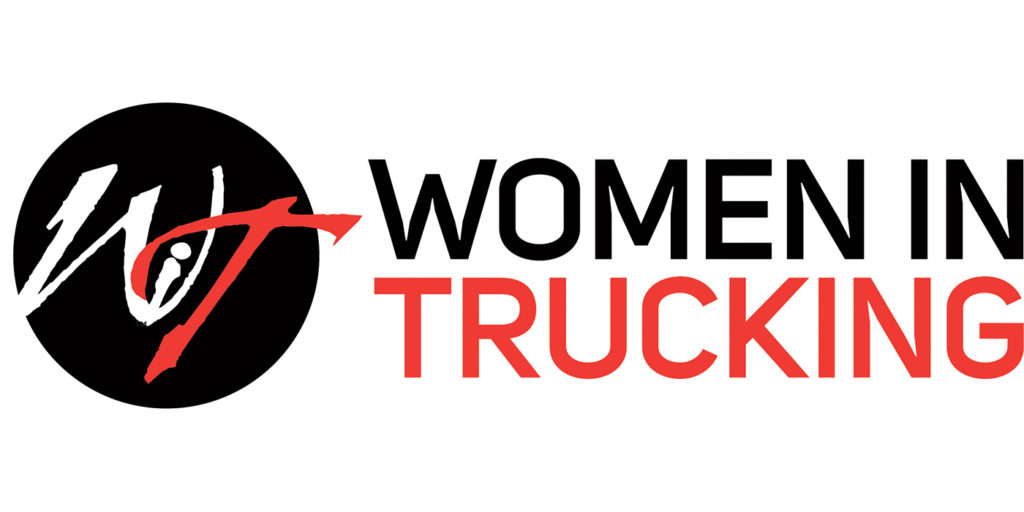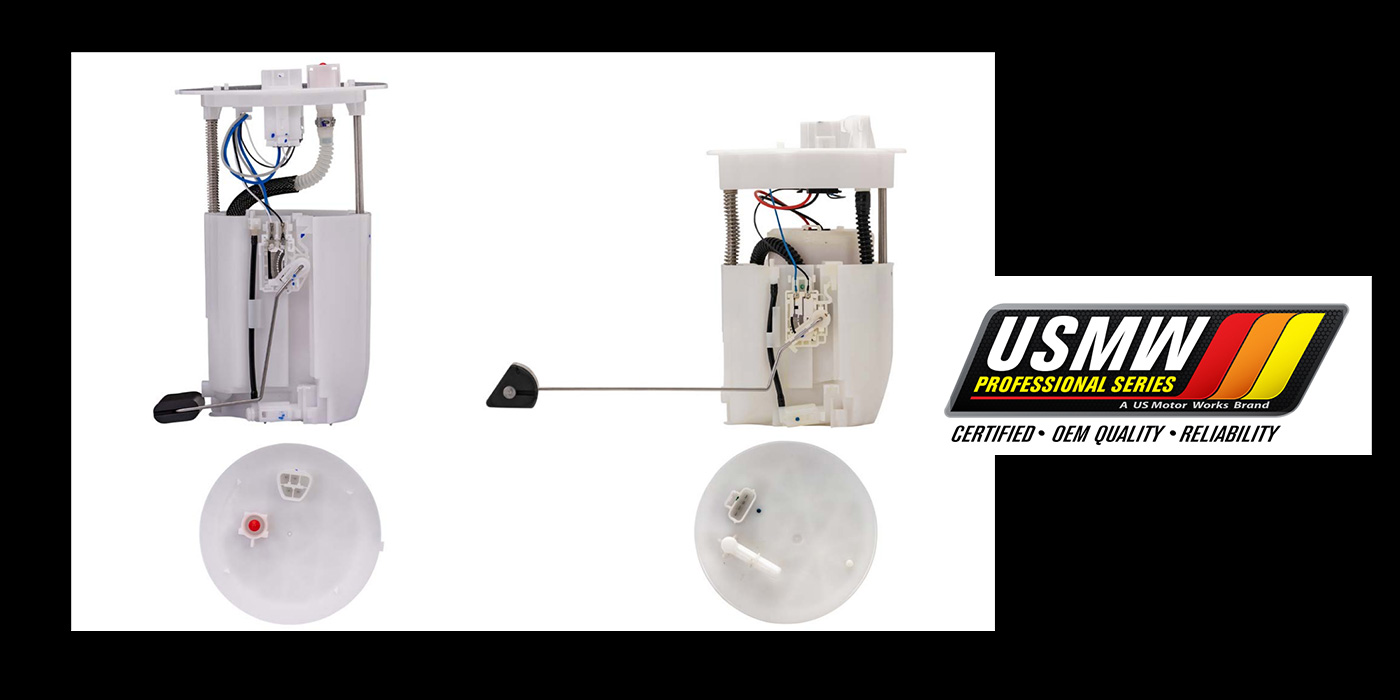
Rapid urbanization, vehicle density, aging infrastructure and transportation-related emissions are increasingly stressing the urban mobility ecosystem.
One in 12 people in the world lives in the cities, and they account for nearly 15 percent of the total global vehicle population of 1.3 billion. This results in a cost burden of more than $300 billion related to congestion, and almost 20% of transport-related greenhouse-gas (GHG) emissions.
Cities are responding to these challenges by developing a more seamless and integrated mobility ecosystem. Discrete, siloed and narrow definitions of transportation are giving way to broader, more inclusive and sustainable concepts of mobility.
Frost & Sullivan’s Smart Mobility City Tracker is a data-driven, web-based interactive study. Multiple data indices are clustered along several channels – new mobility solutions, autonomous readiness, digitization, sustainability, logistics performance, policy and regulatory framework and transport landscape and vision. It covers 100 cities, and tracks more than 150 parameters across all aspects of smart mobility.
“Strategic collaborations among public and private stakeholders in terms of operating models, car usage, multimodal journey planning and payment options will drive innovative mobility models, particularly mobility-as-a-service (MaaS) initiatives in cities,” explained Shwetha Surender, mobility industry principal at Frost & Sullivan. “Vehicle occupancy rate is approximately 35% to 40% in cities, but shared mobility can improve vehicle utilization by 85%, which will not only decrease on-road vehicle miles travelled, but also relieve congestion and free up 20% of street space used for parking.”
Underlining the huge, untapped potential of smart mobility, none of the 100 cities studied achieved a score that would qualify them to be termed “innovators/leaders” in smart mobility solutions, according to Frost & Sullivan. The Frost & Sullivan Smart Mobility City Tracker can help readers earn that tag by enabling them to:
- Discover, learn and have access to current trends as well as regulatory outlook.
- Gain both granular as well as big-picture insights into mobility trends within their respective cities.
- Benchmark themselves against other cities for self-analysis, comparison and strategizing.
- Determine the way cities are engaging with and responding to their mobility challenges.
- Understand how much consumers are willing to spend on novel mobility services in order to evaluate its profitability.
- Learn about best practices and business models that have been adopted by leading operators across cities, which can be replicated by other existing or new players.
Cities with forward-looking initiatives to diversify their mobility offerings, and investments in smart traffic solutions and strategies to promote multimodal journeys, are leading the race of sustainable mobility, according to Frost & Sullivan.
While Amsterdam and Hong Kong stood out in terms of their extremely high share of sustainable transport modes, several high-income Middle Eastern cities use petrol- and diesel-powered cars for 80% to 90% of all journeys.
The advanced infrastructure and legislation in North America have endowed it with an advantage in the early testing and rollout of sustainable and autonomous vehicles. However, the early deployment of autonomous vehicles in shared modes such as shuttles and taxis is more likely in advanced Asia-Pacific cities such as Singapore and Tokyo, and European cities such as Helsinki, Zurich, Paris and London, according to Frost & Sullivan.
“Autonomous vehicles can simultaneously reduce road accidents to zero and bring down travel costs by 30 percent by decreasing congestion and eliminating the need for human operators,” added Franck Leveque, partner and mobility business unit leader at Frost & Sullivan. ”Overall, autonomous vehicles can potentially lead to a 4% savings in the gross domestic product (GDP).”













